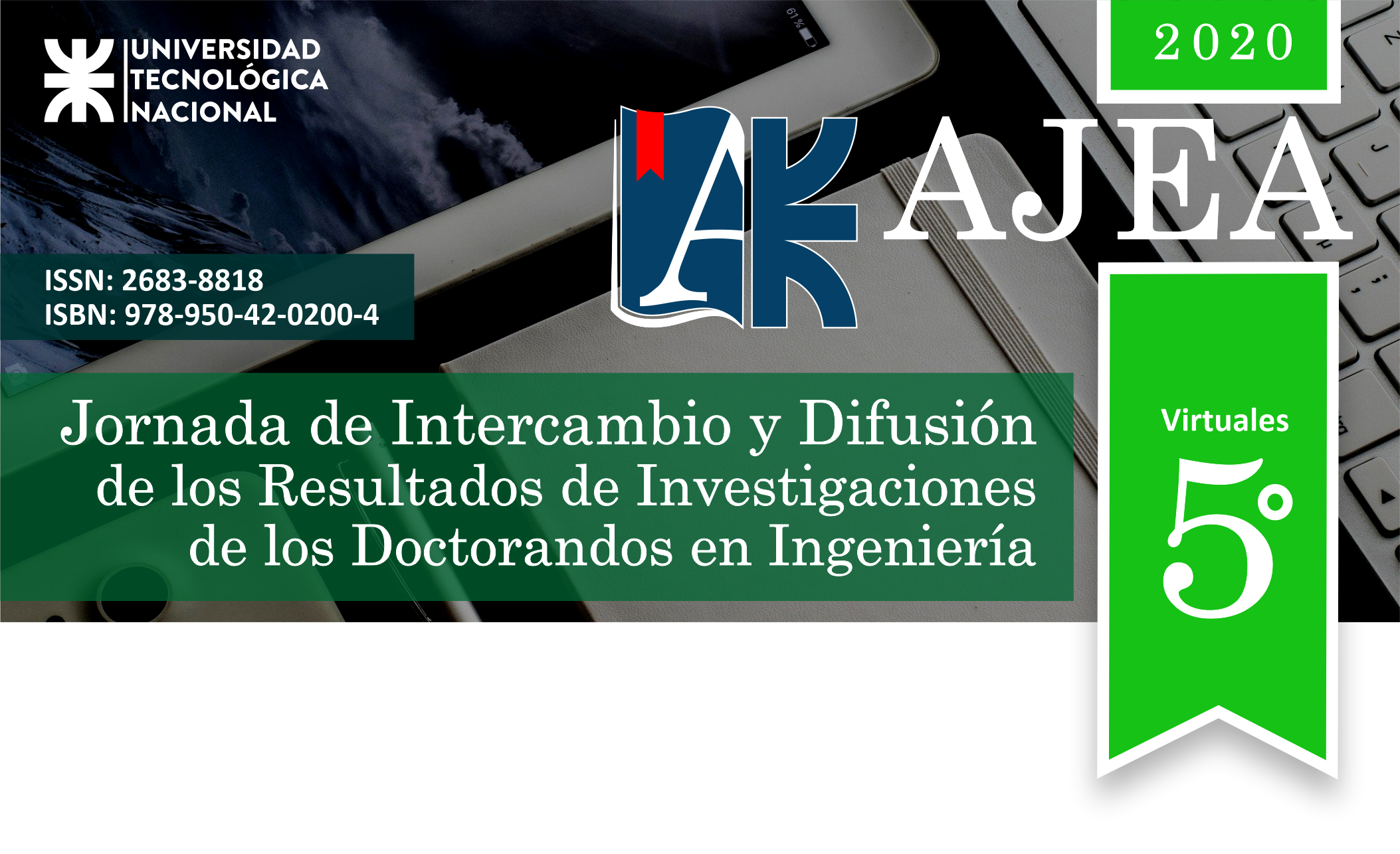Dielectric breakdown in High-K insulating layers: Reliability challenges and opportunities in neuromorphic computing
DOI:
https://doi.org/10.33414/ajea.5.778.2020Keywords:
Dielectric Breakdown, non-volatile memories, RRAM, MOS, Neuromorphic, Cross-barAbstract
The introduction of High-K dielectrics as a replacement of the commonly used Silicon dioxide for the insulating layer in MOS devices allowed to carry on with the scaling law proposed by Gordon Moore. Nevertheless, those innovative materials raised serious concern regarding their reliability aspects, with the dielectric breakdown among them. In this work the dielectric breakdown in HK dielectrics is statistically analyzed in terms of the intrinsic defect generation by both experimental measurements and computer simulations. Additionally, the dielectric breakdown mechanism is explored as the base mechanism for the realization of non-volatile memories and artificial synapses for the implementation of low power neuromorphic systems.










